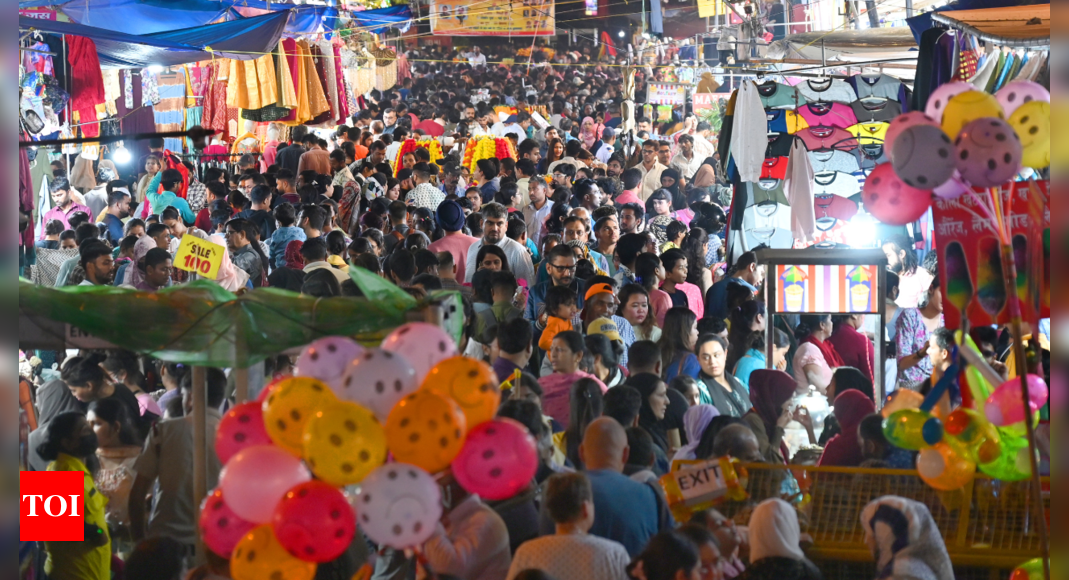
NEW DELHI: By 2036, India’s population is expected to reach 152.2 crore, with a slightly improved female percentage of 48.8% as compared to 48.5% in 2011, a report published by the ministry of statistics and programme implementation (MoSPI) showed on Monday.
The report — ‘Women and Men in India 2023’ — projects that the proportion of individuals under 15 years of age will decrease from 2011 to 2036, likely due to declining fertility rates.In contrast, the proportion of the population aged 60 years and above is anticipated to substantially increase during this period.
India’s population in 2036 is expected to be more feminine compared to 2011, as reflected in sex ratio which is projected to increase from 943 (per 1,000 males) in 2011 to 952 by 2036, highlighting a positive trend in gender equality, the report said.
The report offers a comprehensive view of the situation of women and men in India, providing data on population, education, health, economic participation, and decision-making. It presents gender-disaggregated data across urban-rural divides and regions, highlighting disparities. Key indicators are derived from published data of various ministries, departments, and organisations.
“Gender statistics play a crucial role in promoting and measuring gender equality. They provide benchmarks for progress, making visible similarities and differences between men and women,” it said.
The report said that from 2016 to 2020, age-specific fertility rate (ASFR) in the age group of 20-24 and 25-29 has reduced from 135.4 and 166.0 to 113.6 and 139.6, respectively. ASFR for 35-39 age group during this period has increased from 32.7 to 35.6 which shows that after settling in life, women are thinking of expansion of family.
Adolescent fertility rate was 33.9 for illiterate population against 11.0 for the literate in 2020. This rate is considerably lower for even those who are literate but without any formal education (20.0) as compared to illiterate women, re-emphasising the importance of imparting education to women, said the report.
We also published the following articles recently
India’s population was projected to reach 152.2 crore by 2036 with a slight rise in female percentage to 48.8%, compared to 48.5% in 2011. The sex ratio was also anticipated to improve from 943 to 952. The report highlighted decreasing fertility rates and an increasing elderly population, illustrating gender disparities across various sectors.
Mona Chollet’s book, ‘Reinventing Love: How the Patriarchy Sabotages Heterosexual Relations,’ explored the impact of gender inequality on romantic relationships. It discussed how society conditions men and women into roles of domination and submission, emphasizing the need for internal emancipation and reimagining more equal love dynamics for healthier relationships.
The unrest in Bangladesh saw significant developments, including mass protests, deaths, and President Sheikh Hasina fleeing. Bangladesh is a densely populated nation with rich cultural diversity. Major highlights include Dhaka’s bustling metropolis, the Sundarbans mangrove forest, traditional clothing, and flavorful cuisine. The country celebrates festivals like Pohela Boishakh, and has made significant strides in education and gender equality.




